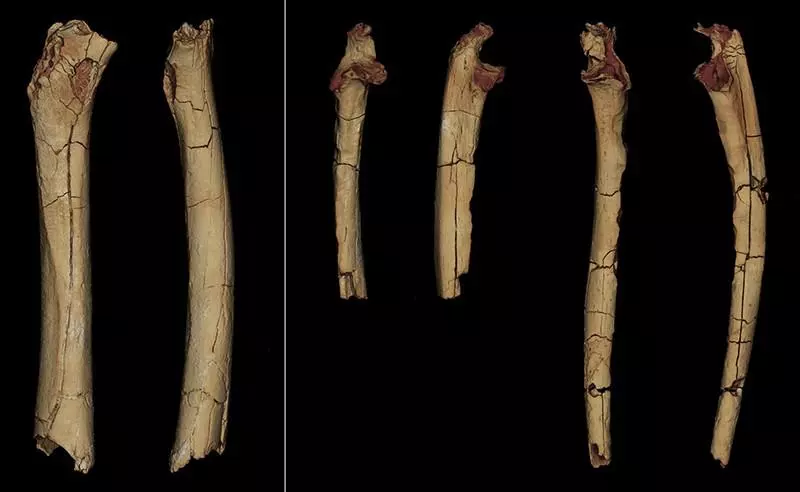A 7-million-year-old fossil raises a dispute among scientists: the
? oldest human or just a monkey
A window from the archives of "Windows" shows what an analysis of a huge fossilized skull more than 140,000 years old revealed about the evolution of the human race (Image: Getty)
More of the world
After the Covid pandemic, Bill Gates talks about a dilemma facing the world
Fear of a new war.. deaths due to renewed tension between Armenia and Azerbaijan
Including walking and golf.. Sports that reduce the risk of premature death
The remains of a 7-million-year-old fossil found in the desert of Chad have sparked "heated debate " as to whether it belonged to the oldest human or to one of the extinct species of apes known as "Sahelanthropus tchadensis".
The British newspaper " The Guardian " reported that the dispute between paleontologists began with the discovery of a mutilated skull and other bones by paleontologists from France and Chad in the Garab desert in 2001, and they concluded that the shape of the skull meant that it must be "of a creature that walked upright".
Scientists have named the fossil "Tomai", which means "hope of life" in the local Daza language of Chad.
However, other scientists confirmed that the creature was not bipedal, but was moving on four feet like a chimpanzee. They argued that claims about the origin of ancient man are false.
In 2004 Aude Bergret, also from the University of Poitiers, examined other bones from the fossil; She identified a shin bone, and concluded, with the support of her supervisor, Roberto Macchiarelli, that it came from a primate that walked on all fours, not two.
The leg bone indicated that the fossil was of an organism that moved on all fours like a chimpanzee - Nature
It took Macchiarelli and Bergret more than a decade to publish their conclusions. They said attempts to present their findings at the Anthropological Society of Paris were banned, while Macchiarelli was accused of scientific misconduct.
A report on their work eventually concluded that it did indicate that Tomai was a four-legged creature and unlikely to have been the founder of the human lineage. "The evidence to support bipedalism is very weak," Macchiarelli says.
However, last August, the discoverers of the skull and bones published their findings in the scientific journal " Nature ", and explained that the examination of the bones indicates walking on two legs, which means that Tomai's fossil is closer to the human race than apes.
One team member, Frank Jay, accused Macchiarelli and his colleagues of basing their conclusions on a 5-minute observation and some photos. "Our paper is a five-year study," he said.
However, other scientists, including Professor Bernard Wood of George Washington University, have been outspoken in rejecting Jay's claims, and have supported the conclusion that Tomei's bones indicate that she is similar to chimpanzees.
And in June 2021, analysis of a massive fossilized skull more than 140,000 years old revealed a new species of ancient humans. Scientists called this discovery "Dragon Man".
Analysis of the skull helped reveal a previously unknown set of "family tree" of the human lineage more closely related to modern humans than to Neanderthals.
https://www.alaraby.com/news/%D8%A3%D8%AD%D9%81%D9%88%D8%B1%D8%A9-%D8%B9%D9%85%D8%B1%D9%87%D8%A7-7-%D9%85%D9%84%D8%A7%D9%8A%D9%8A%D9%86-%D8%B3%D9%86%D8%A9-%D8%AA%D8%AB%D9%8A%D8%B1-%D8%AE%D9%84%D8%A7%D9%81-%D8%A7%D9%84%D8%B9%D9%84%D9%85%D8%A7%D8%A1-%D8%A3%D9%82%D8%AF%D9%85-%D8%A5%D9%86%D8%B3%D8%A7%D9%86-%D8%A3%D9%85-%D9%85%D8%AC%D8%B1%D8%AF-%D9%82%D8%B1%D8%AF?fbclid=IwAR2FuEbgGlwwVAVgBz1WpQiHD6bsuX7iJYoTRV3KwD9IeMzD8tdIAOlnMLM



